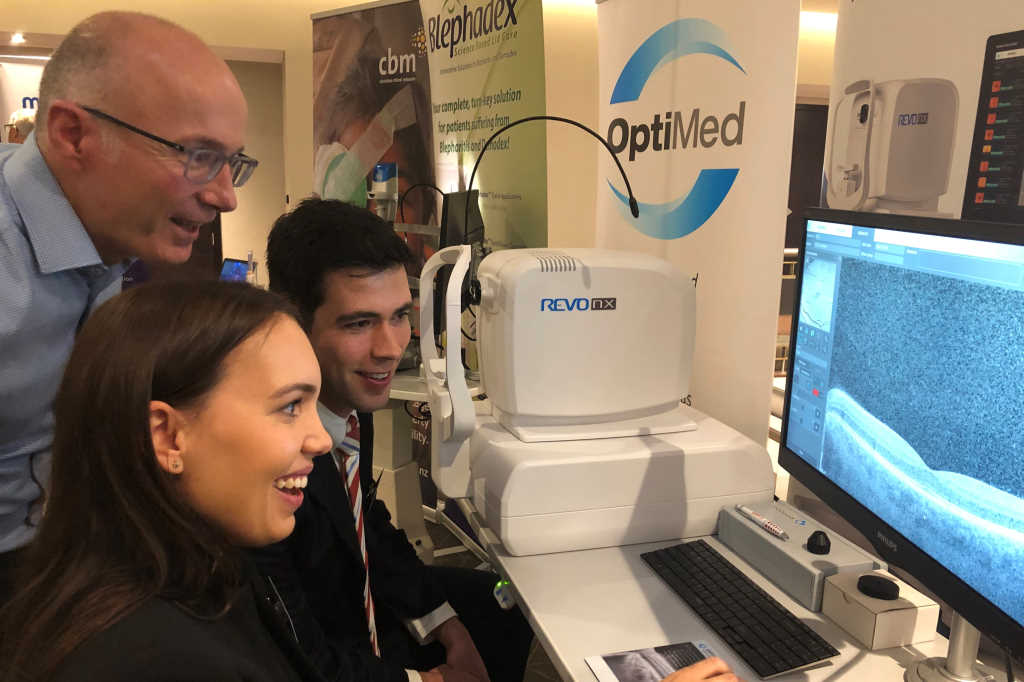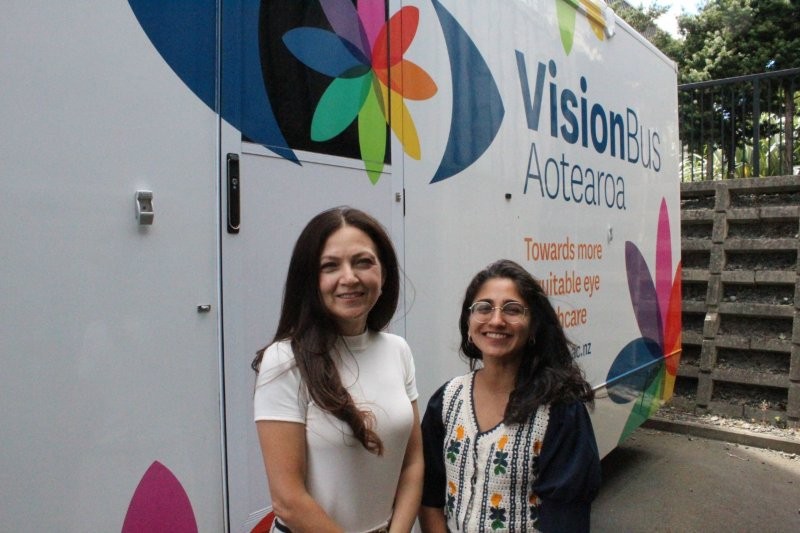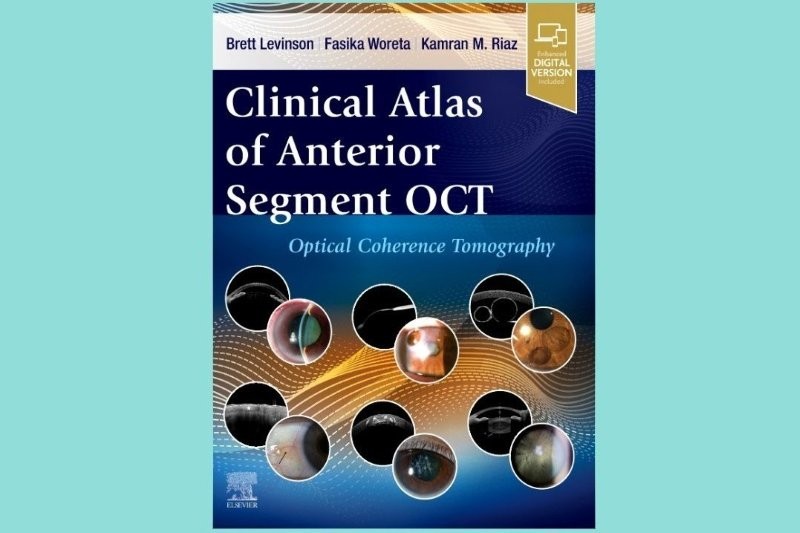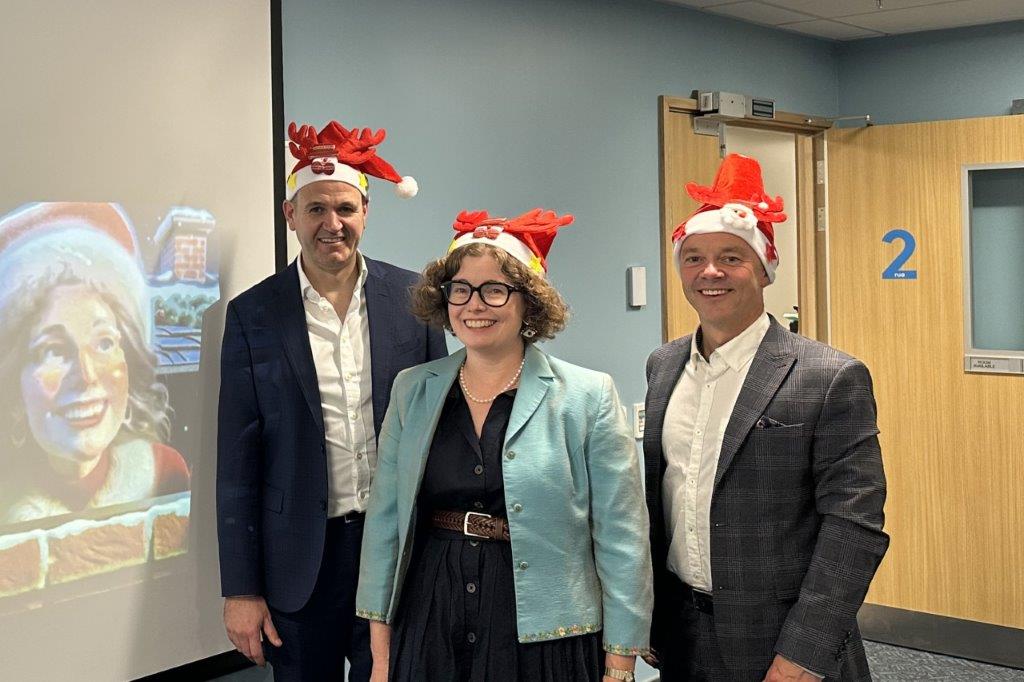Save Sight 2019: Eyecare’s horizon
The annual New Zealand Save Sight Society Conference was held in the country’s capital on one of its finest days this August. As always, the meeting was packed with outstanding local speakers and an intrigued audience of ophthalmologists, optometrists, ophthalmic nurses, technicians and students.
This year, the conference brought us captivating updates from across several ophthalmological sub-specialties as we explored the theme, The next wave: What’s on the horizon for eyecare.
AMD advances to glaucoma meds
Society chair Dr Leo Sheck kicked off the day by illustrating how we have come a long way in quantifying dry age-related macular degeneration (AMD). We are no longer limited to a crude four-point system, based on the presence of large drusen and/or pigmentary changes on fundus photos, but can use detailed OCT scanning to accurately assess and measure geographic atrophy and its precursors. This is not only useful in classifying cases for clinical trials, but also helps tailor our management and discussion with individual patients about their risk of progression to geographic atrophy and choroidal neovascular membranes.
Local Wellington ophthalmologist, Professor Tony Wells, introduced us to other novelties in eye care, including some of the new US Food and Drug Administration (FDA)-approved glaucoma medications on the market - Vyzulta (latanoprostene bunod), Rhopressa (netarsudil) and Rocklatan (netarsudil and latanoprost). We hope such treatments will soon be available for our New Zealand patients on “maximally tolerated, funded and comprehended medical therapy”.
Prof Wells also shared his successful experience with sustained release implants for glaucoma (iDose travoprost and Bimatoprost SR), which he envisages may be available as in-clinic procedures in the future.
Cooperative care and understanding
One of the merits of the Save Sight Society conference is the knowledge and experience shared between ophthalmologists, optometrists, ophthalmic nurses and technicians all in one room. Continuing the theme of what’s on the horizon, Eleisha Dudson, a local optometrist with extensive experience in specialty contact lenses, enlightened us on corneo-scleral topography using sMap3D. The software incorporates one million data points and ocular moulding technology to fully customise scleral lenses for complex eyes. Similarly, Dr Anne-Marie Yardley discussed 3D-printed frames based on the reconstructed superficial head anatomy from CT scans. These are particularly useful for children with cranio-facial deformities that make spectacle-fitting very difficult.
As we engaged ourselves for the next wave of this year’s thought-provoking conference, we also reflected on lessons learned from the previous one. We all agreed we require many more practitioners to provide appropriate eye care for our rapidly growing population. Although the country is training more ophthalmologists, other initiatives are imperative to meet the intensity of current and future demands. Dr Sarah Welch, Auckland ophthalmologist and clinical director, shared some new ideas being implemented in the immensely busy eye service in Auckland’s District Health Board (DHB). By having senior medical officers (SMOs) lead the team of registrars, house officers, clinical nurse specialists and optometrists working in the acute clinics, they were able to drastically reduce patient waiting times from six to two hours. Other strategies to better use our skill sets included imaging clinics led by technicians and nurse-injector clinics that now perform more than 90% of the Avastin injections in Auckland DHB. Likewise, Alison Pearce, a nurse injector, presented the success of nurse injectors in Mid-Central DHB, where the number of injections has tripled in four years, exceeding the increase in the number of overall eye clinic visits. The DHB’s injection-only outreach clinic in Levin may act as a great model for other towns where patients have compromised care due to difficult access to hospital clinics.
Going beyond direct service provision, Dr Welch emphasised that we must advocate for our patients and encouraged us all to be more vocal about the needs of our patients and services. This will help promote appropriate engagement and funding for pressing demands.
To atropine or not?
The conference closed with a heated discussion on the use of topical 0.01% atropine, which is proven to slow down the progression of myopia in children. With 1 dioptre of myopic progression, the risk of associated maculopathy is 67%, but by preventing 1 dioptre of progression, the risk of myopic maculopathy is reduced by 40%. This shook me to the core, as I often worry about the sight-threatening pathological sequelae of myopia that may affect myself and my children.
Dr John Phillips, senior lecturer and head of the Auckland Myopia Laboratory at Auckland University, also expressed his concerns regarding current international data that indicates 0.01% atropine drops reduce refractive progression, but do not slow down the elongation in axial length, which may be more important in saving our children’s sight. The results on axial length should be scrutinised in upcoming research on myopia control, he said.
Without surprise, this year’s Save Sight Society conference brought together yet another inspiring range of presentations, a vibrant social atmosphere and a savoured assortment of delectables. I would like to thank the organisers, speakers and sponsors for their superb achievement in aptly preparing us to ride the next wave in eye care.
Dr Bia Kim is a third-year ophthalmology trainee currently working in Wellington.


























